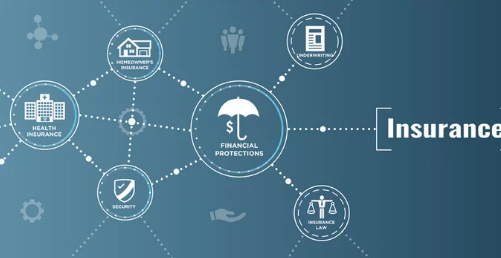Selecting the right home insurance policy is critical to protecting your home, belongings, and financial future. With numerous insurers and policy options, the process can feel overwhelming. A well-structured checklist ensures you cover all essential factors, avoid gaps in coverage, and make informed decisions.
This guide provides the ultimate home insurance checklist, breaking down what to consider when choosing a policy, from coverage types to premium savings tips.
1. Assess Your Coverage Needs
Before shopping for insurance, determine what you need to protect:
- Dwelling Coverage: Estimate the cost to rebuild your home, not just market value.
- Personal Property: Inventory your belongings, including electronics, furniture, and valuables.
- Liability Protection: Consider your risk exposure to accidents or injuries on your property.
- Additional Living Expenses (ALE): Ensure funds are available if your home becomes uninhabitable.
Tip: Use online calculators or consult an insurance agent to estimate replacement costs accurately.
2. Understand Policy Types and Limits
Different policies offer varying levels of protection:
- HO-3 (Special Form): Covers your home against all perils except those specifically excluded.
- HO-5 (Comprehensive Form): Provides broader coverage, including higher personal property protection.
- HO-4 (Renters Insurance): Protects belongings if you rent your home.
- HO-6 (Condo Insurance): Covers personal property and condo unit interiors.
Checklist:
- Verify coverage limits match your home and possessions.
- Ensure liability limits protect your assets.
- Confirm ALE coverage is sufficient for temporary living expenses.
3. Identify Exclusions and Optional Coverage
Standard policies may exclude certain risks:
- Floods
- Earthquakes
- Sewer backups
- High-value items
Optional coverage:
- Flood insurance
- Earthquake insurance
- Scheduled personal property coverage (jewelry, art, electronics)
- Umbrella liability policy for extra protection
Tip: Match optional coverage to your home’s location and lifestyle risks.
4. Compare Multiple Insurance Providers
Not all insurers offer the same rates or service quality:
- Request quotes from several companies.
- Compare coverage, limits, and exclusions.
- Check customer service ratings and claims satisfaction reviews.
- Consider the insurer’s financial stability (A.M. Best, Moody’s, or Standard & Poor’s ratings).
Tip: Avoid choosing solely based on premium cost—coverage quality is equally important.
5. Evaluate Deductibles and Premiums
Deductibles affect your out-of-pocket costs:
- High Deductible: Lower premium, but more to pay when filing a claim.
- Low Deductible: Higher premium, but less out-of-pocket expense per claim.
Checklist:
- Balance deductibles with your budget.
- Compare annual premiums across different coverage levels.
- Ask about discounts for bundling policies (home + auto).
6. Review Discounts and Savings Opportunities
Many insurers offer savings for homeowners who:
- Install home security systems
- Use smoke detectors and fire alarms
- Have a claims-free history
- Bundle multiple insurance policies
Tip: Always inquire about available discounts—they can significantly reduce your premium without compromising coverage.
7. Read the Fine Print Carefully
Understand policy terms and conditions:
- Perils covered and excluded
- Claim procedures and timelines
- Renewal terms and premium adjustments
- Policy cancellation conditions
Tip: Ask questions about anything unclear and request written explanations for verbal assurances.
8. Consider Your Risk Factors
Evaluate your location and lifestyle:
- Proximity to flood zones, wildfire areas, or high-crime neighborhoods
- Home’s age, construction type, and condition
- Local building codes and repair costs
Tip: Adjust coverage or add endorsements based on specific risks unique to your property.
9. Confirm Claims Process and Support
A good insurer should offer:
- 24/7 claims reporting
- Transparent claims handling process
- Prompt communication and fair settlements
Tip: Check online reviews and speak with current customers about their experiences with claims.
10. Schedule Regular Policy Reviews
Your coverage needs may change over time due to:
- Home renovations or improvements
- Purchasing expensive personal items
- Moving to a new location
- Changes in liability exposure
Tip: Review your policy annually and update coverage as needed to avoid underinsurance.
Conclusion
Choosing home insurance requires careful evaluation of your needs, risks, and budget. This ultimate checklist ensures you consider all essential factors, including coverage types, limits, optional endorsements, and insurer reliability. By following these steps, you can secure comprehensive protection for your home and belongings while optimizing premiums.
Key takeaway: A thorough review and comparison of home insurance options guarantees peace of mind, financial security, and protection for your most valuable investment.






